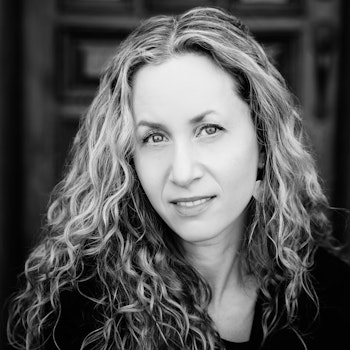This is the first in-depth historical study of Jan Gossart (ca. 1478–1532), one of the most important painters of the Renaissance in northern Europe. Providing a richly illustrated narrative of the Netherlandish artist’s life and art, Marisa Anne Bass shows how Gossart’s paintings were part of a larger cultural effort in the Netherlands to assert the region’s ancient heritage as distinct from the antiquity and presumed cultural hegemony of Rome.
Focusing on Gossart’s vibrant, monumental mythological nudes, the book challenges previous interpretations by arguing that Gossart and his patrons did not slavishly imitate Italian Renaissance models but instead sought to contest the idea that the Roman past gave the Italians a monopoly on antiquity. Drawing on many previously unused primary sources in Latin, Dutch, and French, Jan Gossart and the Invention of Netherlandish Antiquity offers a fascinating new understanding of both the painter and the history of northern European art at large.
"[A] fascinating and beautifully produced book. . . . Marisa Anne Bass's fine book can help open up a debate about specific artists, about the role of traditions in the shaping of art, and about the relationship between a sixteenth-century moment and a twentieth-century one, which is long overdue."—Gabriel Josipovici, Times Literary Supplement
"A satisfyingly lavishly illustrated, beautifully written and detailed study of one of the Renaissance's most important northern European painters, Jan Gossart."—Karen Shook, Times Higher Education
"Totally original as well as lavishly illustrated, Jan Gossart and the Invention of Netherlandish Antiquity is as idiosyncratically informative as it is occasionally spellbinding."—David Marx, David Marx Reviews
"This is a rich and rewarding book that wears its learning lightly and is full of insights into place and period. Succinct, well written and very well illustrated, Bass's book provides a stimulating guide to Gossart's work and a fresh perspective on the Renaissance in a specific area of Northern Europe."—Susan Foister, Art Newspaper
"This well-documented, richly illustrated book offers an in-depth study of the career of Netherlandish artist Jan Gossart. Bass focuses on the artist's representations of classical and mythological subjects, and for the most part she bases the discussion on primary sources in Latin, Dutch, and French—sources not previously used by art historians and scholars in association with Gossart's works. . . . A well-balanced interplay of visual analyses and historical investigations."—Choice
"Beautifully written and full of provocative insights into the humanist ambiance and intellectual network associated with Jan Gossart's mythological paintings."—Maryan W. Ainsworth, Burlington Magazine
"Marisa Bass has written an important reinterpretation of Jan Gossart's mythological nude paintings, an erudite and valuable contribution to the recent wave of scholarship on the artist. Her research upends the prevailing view of Gossart."—Dan Ewing, HNA Review of Books
"Marisa Bass has written an inspired, interdisciplinary study with wide appeal. It offers a new and fruitful discussion of mythological and erotic imagery, the formation of regional identity, and the new networks and liberties characteristic of the court artist."—Ethan Matt Kavaler, Renaissance Quarterly
"Lively and beautifully produced."—Joseph Leo Koerner, Common Knowledge
"This remarkable and original book greatly advances our understanding of northern European humanism and its relation to art in the early modern period—a central and longstanding problem in art history. Creatively researched and compellingly written, this interdisciplinary study will have wide appeal."—Ethan Matt Kavaler, University of Toronto
"With great enthusiasm and erudition, Marisa Anne Bass situates Jan Gossart in the intellectual network of his Netherlandish patrons and thoroughly investigates the literary output of the humanist circles that he and his patrons moved in. Bass has unearthed a vast number of important texts that shed light on the intellectual concerns of the period."—Dagmar Eichberger, University of Trier and University of Heidelberg


